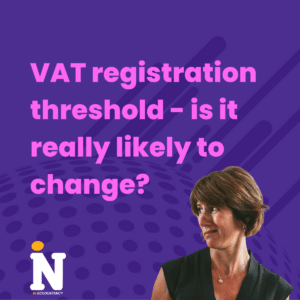Your business has Intangible Assets, which have similar characteristics to tangible assets in that they can be owned or controlled by an organisation and may have a monetary value.
One generally acceptable definition of intangible assets, for accounting purposes, is that they are ‘identifiable non-monetary assets without physical substance’. The National Asset Register indicates that the total value of UK public sector intangible assets amounts to several billion pounds, which sounds a bit vague, but when you think about the very nature of intangible assets, this is not surprising.
Since intangible assets are those assets that cannot be touched, weighed or physically measured for the purposes of being part of the valuation of a business, or because Her Majesty’s Revenue and Customs recognise them as having a value for tax purposes, how to measure and manage them is not an exact science.
Much of our understanding of how to deal with them in relation to our businesses, and the accuracy with which we can value them, is based on the individual nature of each intangible asset, and its place and historical significance within our business sector. Case lore and comparisons with similar businesses are important considerations when trying to put a figure on the value of an intangible asset of your own.
Intangible assets within a business and of importance in valuation terms, include:
- Know-how – processes, manufacturing techniques, inventions, designs, drawings, formulae and more which are used in the production of products or services.
- Patents – which protect technical inventions, such as products or processes which are new and are not an obvious development of what has gone before.
- Trade marks – distinguish the goods and services of your business from another.
- Domain names – which locate your business on the internet and have a profile at any one time, which is probably being raised at a cost in money and effort.
- Goodwill – the intrinsic value attributed to your business because of the reputation it enjoys with its customers.
- Designs – which protect the visual appearance or eye appeal of products.
- Databases – which may be protected by European Database right or as a copyright literary work.
- Copyright – an automatic non-registered right covering a wide variety of works.
Intangible asset rights may be contained in physical objects. For example, a book, film or computer program may contain copyright material, a logo may be protected by copyright and a trade mark, and a drug may be protected by a patent.
However, most intangible assets because of their very nature, are slippery commodities when it comes to valuing them in monetary terms. Management of your organisation’s intangible assets as an integral part of your management of the business, will rely upon your own experience and understanding of their value to your business.






